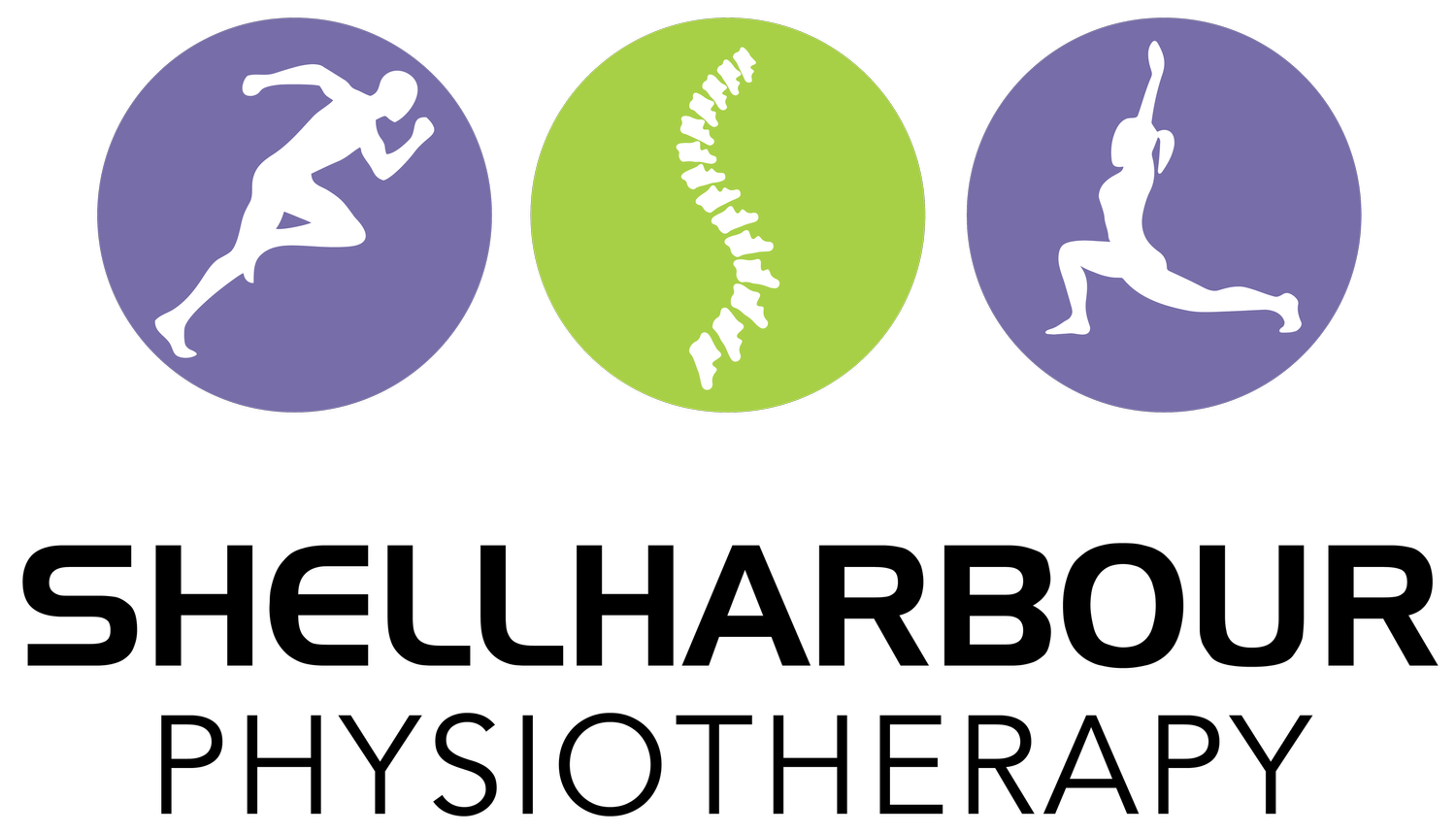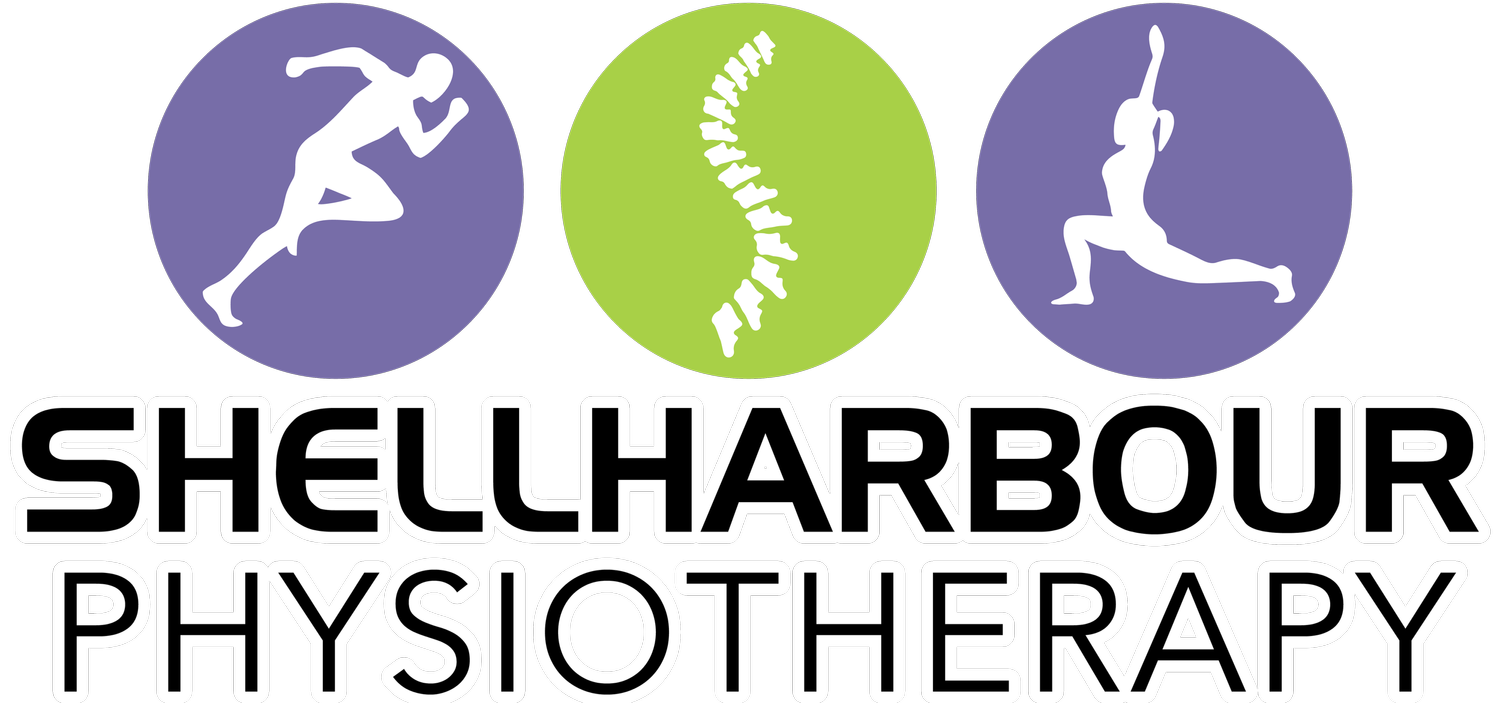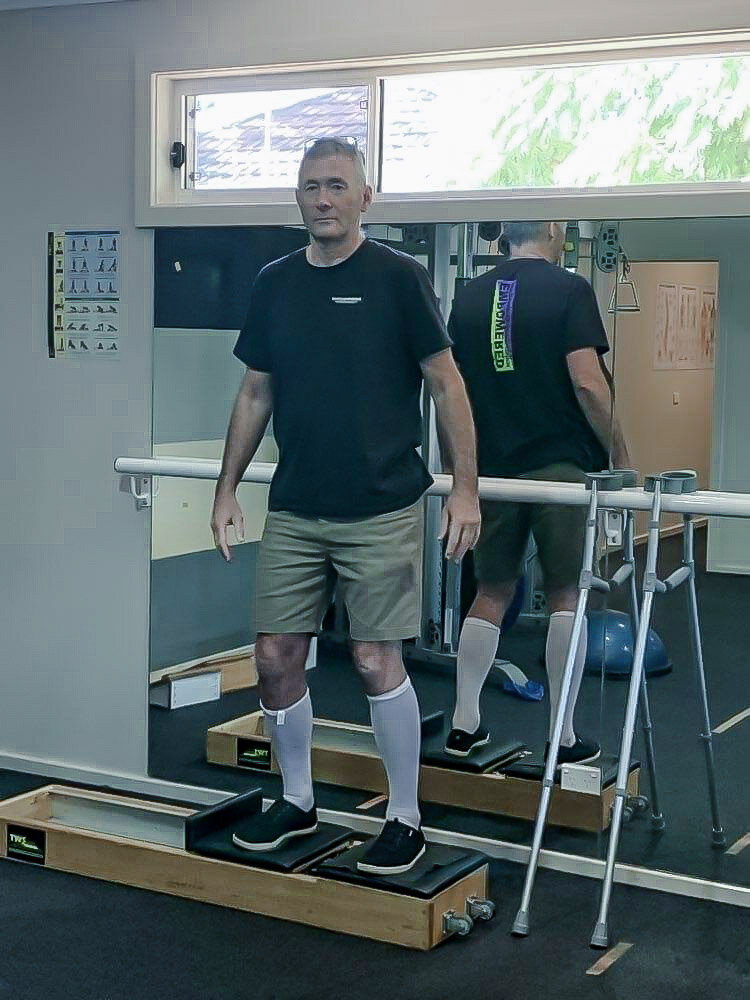MY NEW LEFT HIP IS TWO AND A HALF WEEKS OLD
After abusing my left hip for the best part of 60 years, the joint in question had increasingly taken to abusing me. For some time, my response was one of denial. I was able to work, sleep, and exercise (cycle, swim and paddle board) without much difficulty. However, the advent of a limp, back pain and decreased walking tolerance left little option, other than replacement surgery.
While this is major surgery, in 2021, hip replacement is a commonly performed operation, providing good outcomes.
Considerations
Before detailing my experiences, there are a number of considerations I would like you to take note of.
These are my experiences only and while they may provide some useful insights, they do not represent a template of what everyone will experience.
The exercises I detail are by no means a comprehensive list, but reflect what I have experienced as being useful and helpful.
There are two surgical approaches when accessing the hip joint for replacement surgery; the newer anterior or front approach and the traditional, posterior or back approach. In my surgery, a posterior approach was used.
How do I feel?
Quite good. I was three days in hospital and was able to cease opioid medication at that point. Since then, I’ve taken Osteo Panadol and Ibuprofen, at first routinely and now, more sporadically.
Both in hospital and at home, I’ve used Canadian crutches to walk. From day one, I’ve been allowed to fully weight-bear through my new left hip. However, I couldn’t (and I still can’t) – happily put all my weight through my left side. This is slowly improving, as the swelling and inflammation around the operation site settles, and as I continue exercising. My aim is to continue using the crutches with good gait (NO LIMP) until I can walk well without them.
Like many people who require hip replacement surgery, my gait had started to change, particularly in the six months prior to my surgery. My surgeon was able to point out an increase in left leg external rotation (Donald Duck walk), loss of quadriceps (front muscle above the knee) bulk, and also some left leg shortening (a direct result of hip joint deterioration). Generally speaking, I was less aware of these changes than I should have been.
What do I do?
There are lots of options. I’m only interested in doing things that feel comfortable. So far, there have been incidences where I’ve had some post- exercise soreness, but this has been mild and has not lasted for long.
Get lots of rest.
Continue doing the exercises I was shown in hospital.
I love lying on my tummy! There, I can do knee flexion, back extension and half push-ups.
Supine (lying on back exercises). Band exercises for leg abduction and bridging. Bolster exercises for quads lag and leg adduction. Side-lying exercises; external rotation and abduction.
I’ve had a number of Physio sessions; this has been really helpful in getting instruction about my gait and targeting muscles that weren’t working well before my operation.
I have an elliptical walker at home. This got a bit of a run yesterday – however, I did feel a bit sore following – so will get back to this again next week.
While I would love to get to a pool, I will need to wait until the wound is really good, so this is another useful form of exercise that will wait for a week or two.
I hope this is helpful information for anyone needing to contemplate hip replacement surgery.




